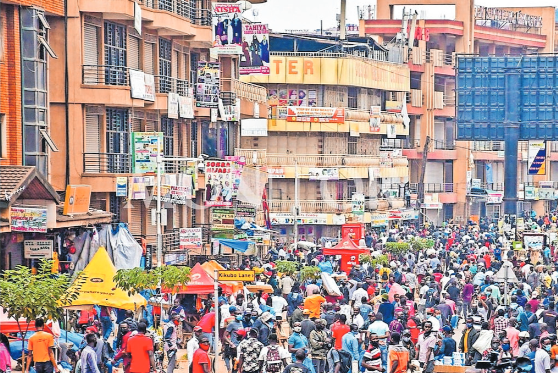Prime
Understanding parish devt model

Extension workers spraying crops recently. PHOTO/ FILE
By Tom Magumba
Previously, money would come to the district and be channeled to the sub-counties where officials would make decisions about projects in far-flung parishes. Most of them failed.
Under the Parish Development Model (PDM), the parish chief will lead the community development agenda by consensus. It is expected by the central government that by giving power to local policy makers, it will shape the rural economy by focusing on their competitive advantages.
In the wake of the ever-distracting news stories, it’s important that the media moves away from focusing on individuals, sideshows and routine political stories.
Media should focus on the substance in the Parish Development Model and keep tracking the process.
The 3rd National Development Plan is reinforced by the PDM as a strategy for service delivery by government for improving incomes and welfare of all Ugandans at the household level.
The proposed implementation of the PDM recognises popularisation of PDM at national and sub-national level through media to mobilise, sensitise, training and grouping of the communities for market-oriented production.
Increased and in-depth coverage of the district sub-counties and parishes by the media is essential if citizens are to hold local authorities to account for the services promised in the NRM manifesto. The popular discourse relating to this new approach views the model as a mass political mobilisation campaign, but it is rather a development model that may contain valuable lessons for possible replication in modern-day developing countries.
With the government providing revolving funds (Shs 38 million per parish) rural communities will compete with one another for support from the government and will be awarded on a competitive basis. By looking at the budgets developed by the sub-county and parish governments, the media would enable citizens see if what is being planned is economically relevant to them.
Ultimately, the most valuable long-term benefits will not be its outward tangible achievements, but rather the sweeping change in the mentality of the people. In summary, the model if popularised can build national confidence infused with a “can-do” spirit to replace national mentality of chronic defeatism into new hope for many rural communities.
Therefore, media must assist by setting the agenda that will ensure that parishes focus on key relevant deliverables, not posturing for a national audience. It’s important for the media to highlight the intent and history of such initiatives and the many attempts towards decentralising governance and service delivery.
Tom Magumba, [email protected]




